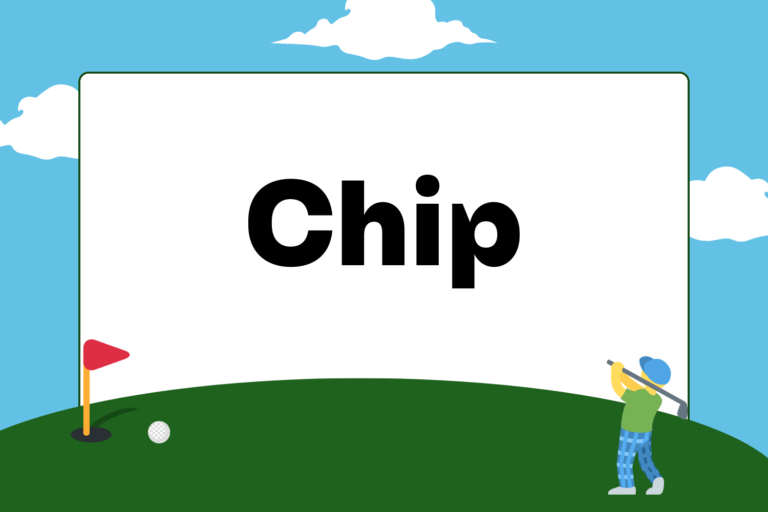You’ve definitely seen them on the putting greens of your favorite course, and chances are that a few of them belong to you. Ball marks — those small, crater-like dents in the greens — are caused by golf balls that land on the green from high-in-the-sky shots, and they happen all the time. If you want to follow good golf etiquette and make sure that the greens can recover in the quickest amount of time, it’s your job to repair your ball marks.
Reasons to Repair Ball Marks
Let’s say you’re playing a busy golf course on a Sunday morning, and the place is packed. You just hit a full pitching wedge onto the green from 100 yards. As soon as you walk up to your ball, you can see the huge dent that your shot made, five feet from where your ball ended up. You don’t want to hold up the group that’s waiting behind you, but you also don’t want to leave the ball mark unrepaired. What do you do?
Well, if you can remember the following reasons for repairing ball marks, the choice will be simple:
- Recovery: Correctly repairing ball marks helps the grass on the greens recover much faster, making it easier for the greenskeepers to keep the golf course in great condition for your next round.
- Putting: Fixing ball marks removes unnecessary bumps and obstacles on the greens, allowing your putts and the putts of others to stay on line much easier.
- Golf etiquette: Follow the unwritten rules of golf behavior. A good chunk of golf etiquette is all about respecting the golf course and respecting other golfers on the course. Repairing ball marks is one of the best examples out there.
- Golf karma: Don’t you want to be on the receiving end of some good, old-fashioned luck? Get on the good side of the golf gods by doing the right thing and repairing your ball marks.
Fixing Ball Marks the Right Way
Chances are, after thinking of the four reasons listed above (and possibly thinking of a few new ones yourself), you’ll feel obligated and proud to repair your ball mark. However, doing it incorrectly is almost as bad as not doing it at all. So, it’s important to know how to fix a ball mark the right way! All you need is a ball mark repair tool and the following tips.
The Ball Mark Repair Tool
Even though you might know it as a “divot tool” (although you don’t use it to fix divots), chances are you own, or at least have seen, a ball mark repair tool. It’s that two-pronged metal or plastic tool that resembles a tuning fork — you know the one.
Using the Tool Correctly
Remember, the ball mark will look like a small crater in the green. To use the ball mark repair tool correctly, insert its prongs along the perimeter of the ball mark. Once the prongs are in the grass, gently twist the tool while pushing the grass at the edge of the mark towards the center. Repeat this gentle twisting motion around the entire perimeter of the ball mark, making sure that all of the turns are done in the same direction.
Hot Tip: Turn, Don’t Lift
The biggest mistake golfers make when trying to repair ball marks is lifting the dent instead of turning it. Using the tool as a lever to pull the center of the ball mark up actually tears the roots of the grass, making the healing process a long one.
Flattening the Repaired Ball Mark
As soon as you’ve finished going around the rim of the ball mark with your repair tool, you’re ready for the final step in repairing a ball mark: Smoothing it out. You can use the bottom of your putter’s head or your foot to smooth the ball mark out so it’s level with the rest of the green. Make sure you don’t press so hard that you create a dip in the putting surface. Gently pressing down on the ball mark is enough to smooth it out.
Golf with a Conscience
Golf is a game of principles, and repairing ball marks is just one example of playing golf with a conscience. If there’s not too much of a build-up behind your group, and if you have the time, try to repair as many ball marks on the green as you can find. You’ll be helping yourself and other golfers by keeping the greens more perfect, and you’ll be helping out the hard workers who spend every day keeping the golf course in good condition.





